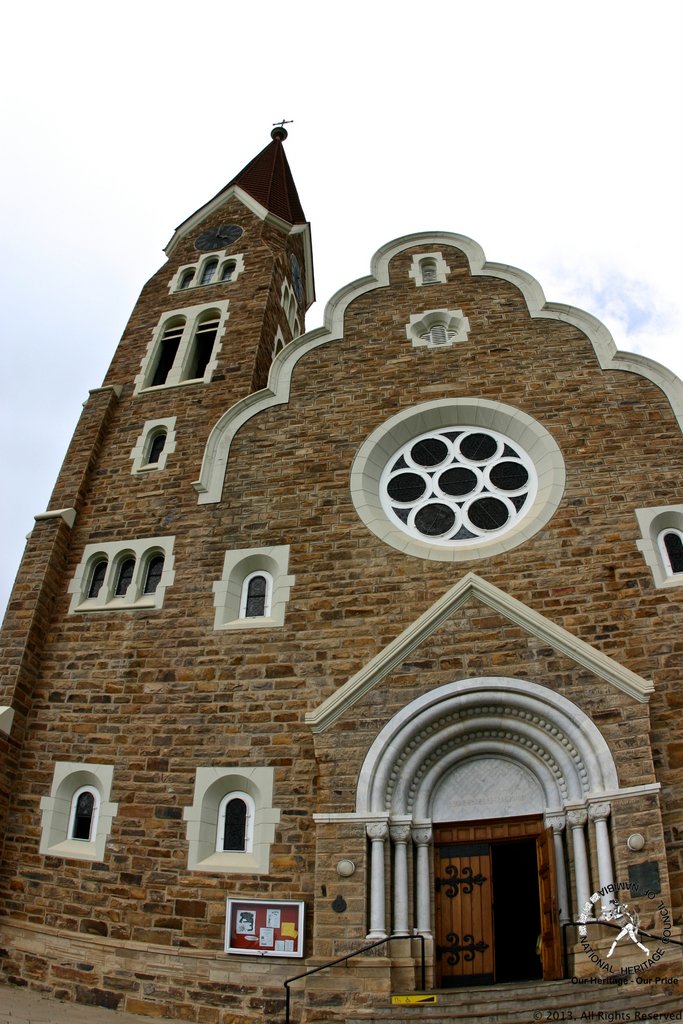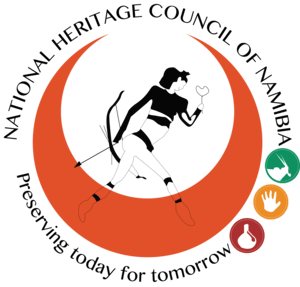"It is not the honor that you take with you, but
the heritage you leave behind"
Intangible Cultural Heritage
According to the 2003 Convention of the Safeguarding of the Intangible Cultural Heritage, “intangible cultural heritage” means the practices, representations, expressions, knowledge, skills – as well as the instruments, objects, artefacts, and cultural spaces associated therewith – that communities, groups and, in some cases, individuals recognize as part of their cultural heritage.
This intangible cultural heritage, transmitted from generation to generation, is constantly recreated by communities and groups in response to their environment, their interaction with nature and their history, and provides them with a sense of identity and continuity, thus promoting respect for cultural diversity and human creativity.
Intangible Cultural Heritage (ICH), as defined in the Convention, is manifested, among others, in oral traditions and expressions, including language; performing arts; social practices, rituals, and festive events; knowledge and practices concerning nature and the universe; and traditional craftsmanship.
Namibia has two elements listed on the Representative List of the Intangible Cultural Heritage of Humanity, the Oshituthi shomagongo, marula fruit festival, and Aboxan Musik ǀŌb ǂÂns tsî ǁKhasigu, ancestral musical sound knowledge and skills.
Oshituthi shomagongo, marula fruit festival
The Oshituthi shomagongo Marula Fruit Festival was inscribed in 2015 and is a celebration uniting the eight (8) Aawambo communities of Northern Namibia, through the consumption of omagongo, a beverage made from marula fruit.
Processing the marula fruits brings old and young people together to share knowledge and skills, which are transmitted informally through observation, active participation and emulation.
The Festival is a relaxed social gathering during which communities and guests socialize, sing and dance, and men recite histories.
Aboxan Musik ǀŌb ǂÂns tsî ǁKhasigu, ancestral musical sound knowledge and skills
The Aboxan Musik ǀŌb ǂÂns tsî ǁKhasigu was inscribed in 2020 on the List of Intangible Cultural Heritage in Need of Urgent Safeguarding, and relates to the specific traditional music of the Nama people.
It involves the use of traditional musical instruments, the khab (musical bow) and !guitsib (traditional guitar), usually played by men or women, and the vlies (harmonica), usually played by women, accompanied by singing, humming and ululating.
The music is complemented by dances commonly referred to as ‘Nama≠Nāb’, meaning the dancing steps of the Nama people. In the past, the music connected whole communities and villages, but the art currently faces many threats and in recent years only a few elders have practised the tradition and possessed the related knowledge and skills.
Namibia ratified the 2003 Convention on 19 September 2007.

